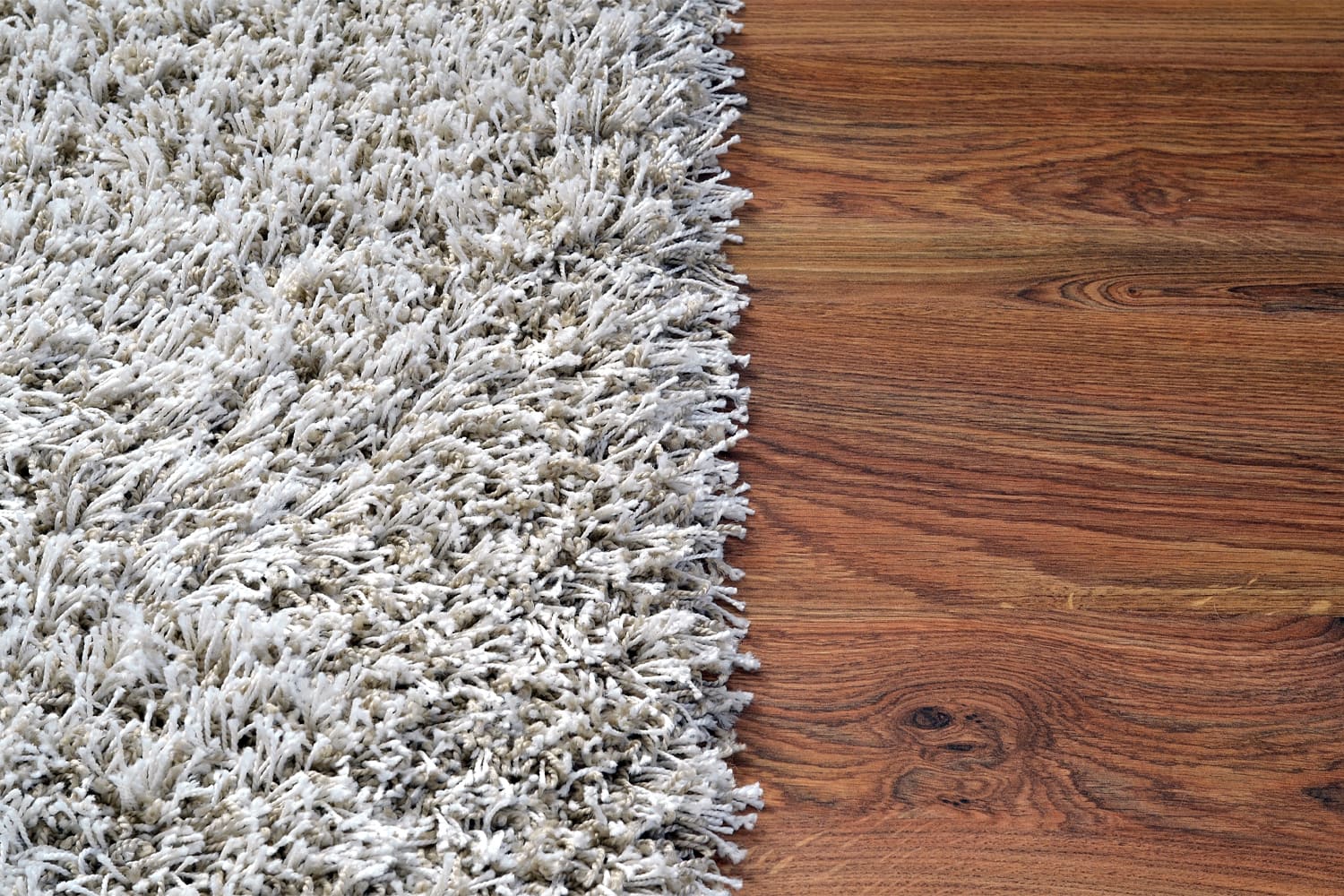
How To Mix And Match Flooring Types Throughout Your Home
With today’s home decorating trends, it’s rare anymore to find a home with wall-to-wall carpeting or one that’s strictly hardwood flooring. These days, homeowners lean into practicality, thinking more about how a room is used and selecting a floor type that makes sense.
Home interiors today are unique and reflect the personalities of their owners by using a variety of flooring types. But it can be tricky mixing and matching flooring types throughout your home in a way that looks good. Here are a few things to consider.
ROOM USE AND ZONES
The easiest way to figure out how to mix and match flooring types in your home is to start with how you plan to use the rooms you have. If your home has an open floor plan where several rooms flow into one another, think about ways to create zones for more specific uses. Where does your family spend its time? Do you watch TV or welcome guests in one area but take your meals in another?
You’ll probably want to avoid carpeting and look for something more durable for the areas in which you tend to eat or that can experience spills or high traffic. But a soft, plush carpet makes perfect sense in bedrooms or children’s play areas, while tile works well in bathrooms.
Consider, too, where natural transitions occur. Doorways and hallways certainly lend themselves to changes in flooring as you move from room to room, but so do archways and countertops in more open floor plans.
Regardless of your home’s layout and the type and number of natural transitions that exist, it’s helpful to use transition strips as you shift from one type of flooring to another. These strips help delineate space in more open floor plans. They can also keep the floor safe and well-maintained by keeping carpet edges tacked down and providing a visual reminder that someone might need to watch their step as the floor beneath them changes.
Another popular option, especially when transitioning between two types of tile floors, is to create a transition strip with a different kind of tile. A line of dark-colored tiles, for example, might separate a kitchen and dining area that are both tiled in a lighter color.
FIND A NEUTRAL MIDDLE
The biggest challenge in mixing and matching flooring types lies in figuring out what styles and colors of flooring will look good next to each other.
When choosing multiple flooring types, it’s best to stick to just two or three. Use the same carpet or the same wood finish throughout all the areas with that type of flooring. Neutral colors often work best because the colors are less likely to clash with each other.
But while you don’t want the flooring colors to clash, you also don’t want them to match too perfectly, either. Avoid putting dark brown wood next to dark brown carpeting. Instead, use two complementary colors to create a transition between flooring types.
CONSIDER YOUR EXISTING DECOR
You’ll want to keep in mind what types of flooring will look best with the furniture and décor you have. Heavy, dark pieces will look better with darker, richer-toned floors, while furniture that’s white or has a blond finish will look more appealing with lighter color carpets and brighter wood finishes.
If you have an open floor plan or a larger open space in a room, you might still feel like a single type of flooring makes the room feel flat. Don’t be afraid to add a small throw rug in a hallway or an area rug under a coffee table to help add a splash of color and texture to the room.
NEED HELP DECIDING?
If you’re looking to replace the flooring in your home and need help deciding what will work best for you and your house, contact the professionals at Goshen Floor Mart. Our team is always happy to share their expertise and provide free estimates.;

If you're in the market for flooring feel free to contact Goshen Floor Mart. Remember, we are always happy to provide you with a free estimate. Call us today at 574.642.4770 or contact us here
